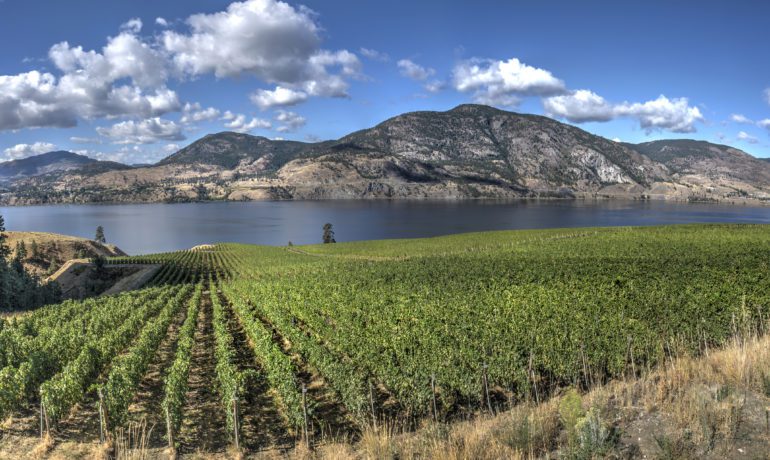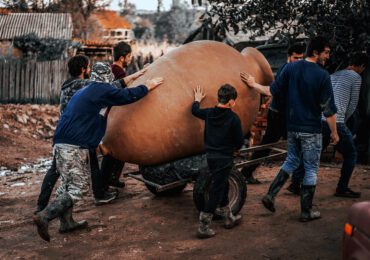It’s gorgeous, sun-drenched, rolling hills are dotted with quaint towns and wineries perfect for touring and tasting.
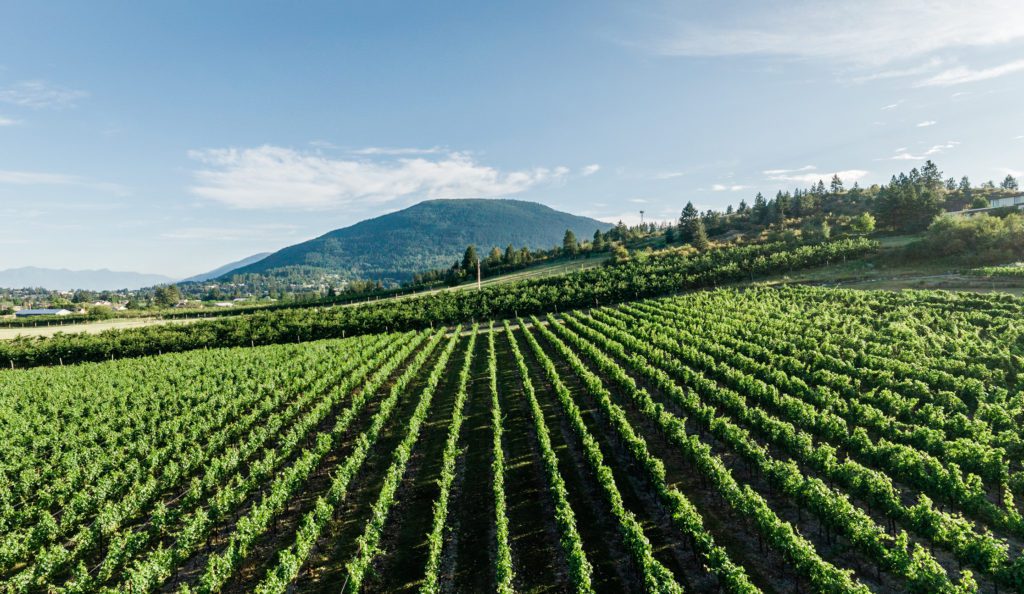
The first thing you will note about British Columbia, Canada, is its breath-taking beauty. Lush, emerald-hued, rolling hills break into the raucous Pacific Ocean to the west and the rugged Rocky Mountains to the east. The province is home to incredibly diverse climates and geographical terrain. The western regions, around Vancouver Island and Victoria Island, have a unique, temperate oceanic inland rainforest climate rich in forageable foods, extensive fruit and vegetable gardens, and farms, and are well-suited to certain grape hybrids and a few European grape varietals. The warm and sunny plains east of Vancouver are the breadbasket for the region and home to many of British Columbia’s most prominent and prolific wine regions.
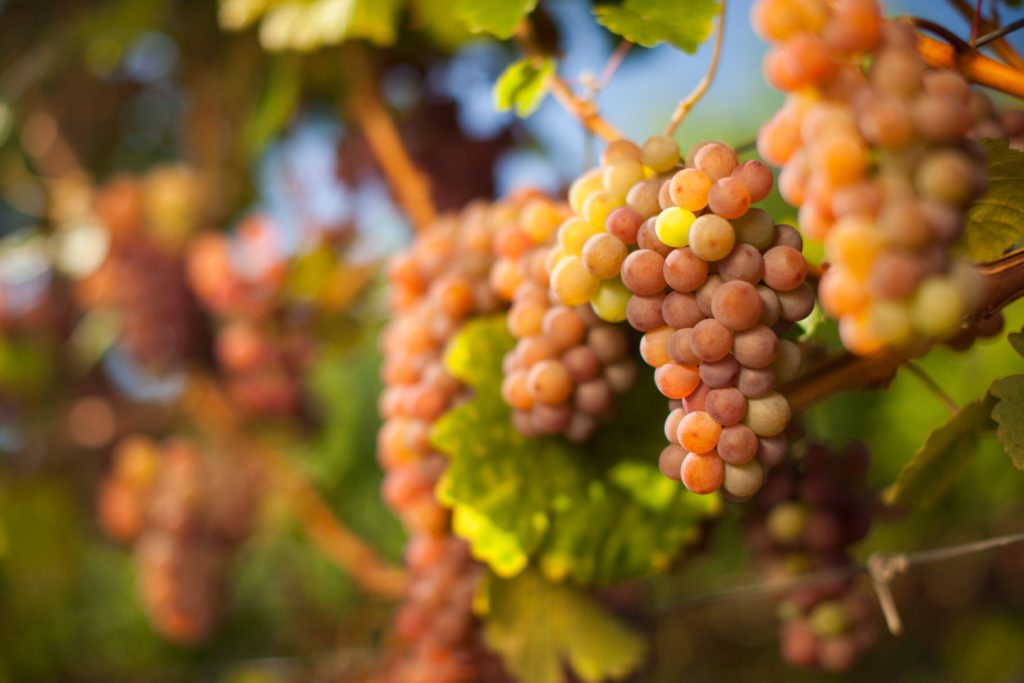
British Columbia is one of the most interesting, fastest-growing, emerging wine-growing markets in the world right now. Nestled between the 49th and 50th parallel north, the northern limit for wine production, changes to climate, weather patterns, and Jetstream have opened up new agricultural possibilities for the region. The wine is delicious and flowing. Just a handful of wineries operated a few decades ago. Still, now, British Columbia is home to well over hundreds of wineries and nearly a thousand vineyards growing dozens of grape varietals and producing nearly every style of wine imaginable.
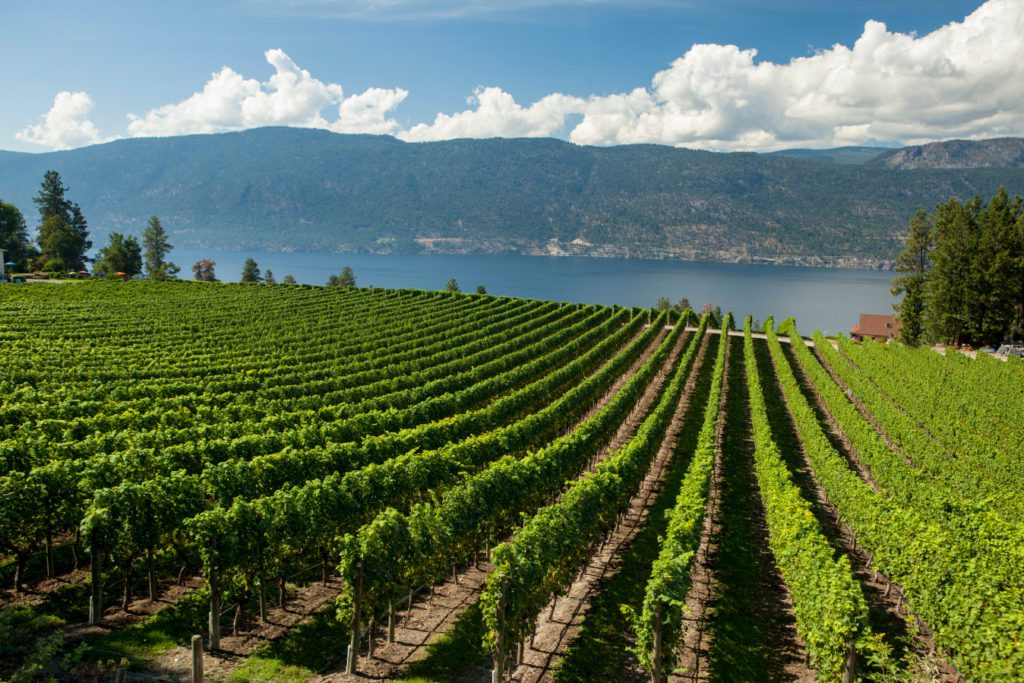
What is the Wine Story?
British Columbia is home to a group of some of the fastest-growing wine regions globally, committing 2.8 billion Canadian dollars each year to the British Columbian and Canadian economy. Each year, more than 1,000,000 tourists visit British Columbia’s wineries and vineyards. Because the regions are emerging and relatively new, strategic tourism was built into the market model. Wineries planned to attract you all along!
British Columbia wine country is ahead of the curve for combating destructive climate change-related issues by embracing more tolerant hybrid grape varietals, which sets the region up for success while other, more traditional areas are faltering. Canadian wine conglomerates like Andrew Peller Limited and Arterra Wines Canada are sinking massive amounts of cash into the British Columbian wine regions because they know wine gold when they see it, and British Columbia is the most successful emerging wine market of the last decade. British Columbia has 929 vineyards with more than 10,260 acres of planted land with 280 licensed grape-only wine wineries in British Columbia (total 370 licensed wineries) producing some of the best wines North America has to offer.
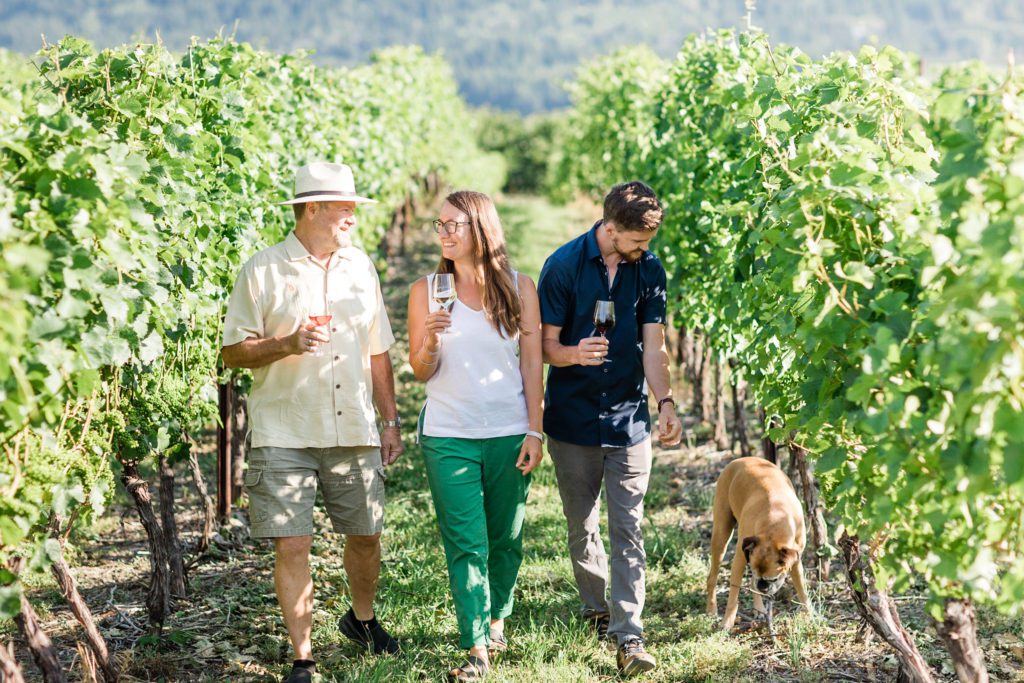
One of the best ways to explore and sip your way through a new wine region is by taking a tour along a wine trail. Okanagan Valley offers a variety of exceptional trail tours to choose from. Spend a few days traveling the 112 miles from Lake Country at the north end of the region, along the Okanagan River to Penticton at the province’s southern border. You will find fertile orchards flush with peaches, apricots, apples, and gardens and farms filled with farm-fresh produce along the way. Most wineries and vineyards flank the Okanagan River and can be easily accessed by car. With nearly 200 wineries to choose from, plan to spend several days sipping and dining along the way.
Check out the many types of tours offered, including kayak and wine, bicycle and wine, ladies only, private, and luxury guided wine tours here.
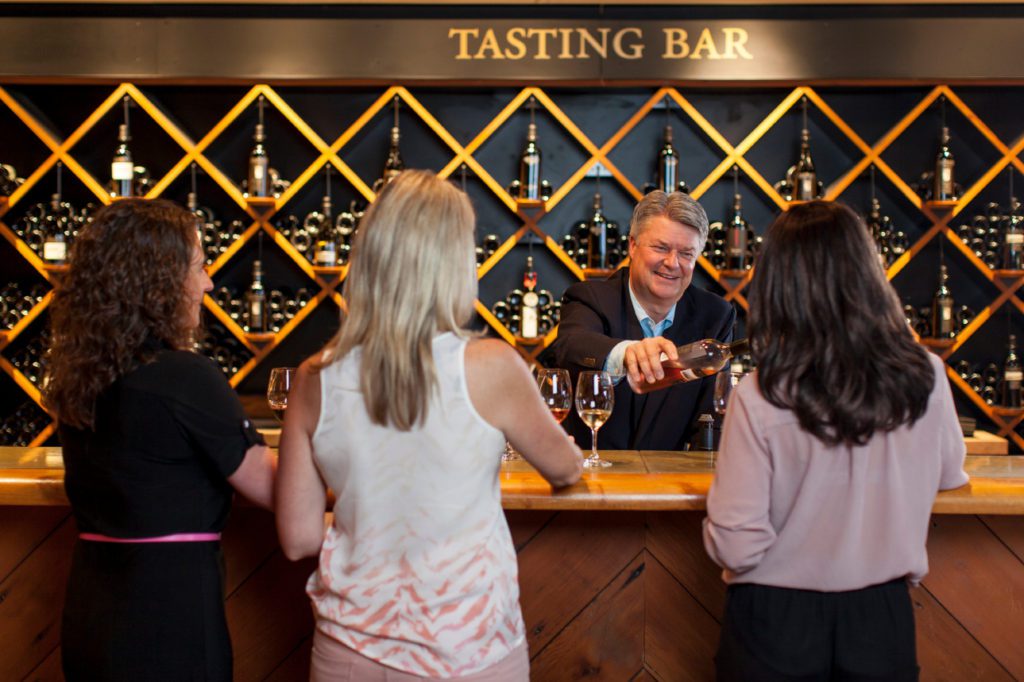
The British Columbia Wine Explorer Pass
The B.C. Wine Explorer Pass is a perfect way to explore dozens of wineries at a discount, and playing your pass is a bit like stamping your passport. Who doesn’t love passport stamps?
Each year, the British Columbia Lieutenant Governor holds a wine competition of that year’s releases, and the best of the best wines are awarded a prize. These wines become the Platinum Explorer Pass itinerary. A general B.C. Wine Country Explorer’s Pass is also available for use at participating wineries across the province. Each pass allows the participant 30 visit scans for private wine tastings and other custom events just for pass holders. Winery tasting rooms are open for the pass holders from Noon to 4:00 pm, although you don’t need a pass to visit most tasting rooms in British Columbia.
Valid from April 1 through December 1, annually, the Pass Program was halted for the 2020 season due to COVID-19.

Tourists can still plan private and individual winery tours. Always call ahead for appointments. British Columbia does not export many of its wines, at least, not yet. So, enjoy British Columbian wines in their native territories. You won’t be sorry that you did.
OFFICIAL WINE REGIONS (GEOGRAPHICAL INDICATIONS):
Similkameen Valley
This incredibly lush region is the “organic Capital of Canada,” known for producing award-winning natural wines and agricultural crops. It has hilly terrain next to a steep mountain range and a rainy but windy climate with a lengthy growing season. The intense winds keep pests and vine diseases at bay. The first of its 15 wineries was founded in 1984.
Grape Varietals: Merlot, Cabernet Sauvignon, Cabernet Franc, Chardonnay, and Riesling
Fraser Valley
Fraser Valley wraps around Vancouver to the north and east, bridging Vancouver, Surrey, Richmond, Delta, Langley, Aldergrove, and Abbotsford. First founded in 1991, the region is home to 25 of British Columbia’s most diverse wineries. The area has long, sunny growing seasons and rich, fertile soil and produces nearly half of the produce for British Columbia. It is perfect for an afternoon or day trip. You will find still table wines, sparkling wine, fortified and dessert wines, along with various fruit wines.
Grape Varietals: Pinot Noir, Pinot Gris, Bacchus, and Siegerrebe
Vancouver Island
In 1920, the first vineyards were planted in the Cowichan Valley. Since 1992, 32 licensed wineries have been founded in and around Vancouver. The region is known for its temperate climate and long growing season.
Grape Varietals: Pinot Noir, Maréchal Foch, Pinot Gris, Ortega, and Siegerrebe
Gulf Islands
The Gulf Islands are situated in the Georgia Strait that separates Vancouver Island from the Mainland. The first winery was established in 1995, and the region is now home to 7 wineries. The area has a relatively mild climate, but it is more arid than Vancouver Island.
Grape Varietals: Pinot Noir, Maréchal Foch, Pinot Gris, and Ortega
Thompson Valley
The Thompson Valley wine region was established in 2012 and has four wineries. It is the coolest of British Columbia’s wine regions. The region is nestled between the North and South Thompson rivers in a rainshadow of Kamloops’ high coastal mountains. This is Riesling Country.
Grape Varietals: Marquette, Maréchal Foch, Riesling, and Chardonnay
Lillooet
Lillooet is one of the oldest towns in British Columbia and home to a tiny wine region with just two wineries, founded in 2004. The area has exceptionally long, hot, and arid growing seasons.
Grape Varietals: Pinot Noir, Cabernet Franc, Riesling, Chardonnay, and Pinot Gris
Kootenays
Kootenays is a breathtakingly beautiful recreational region and home to 6 wineries. The region was established in 2001 at the base of the mountains. The region is known for its waterfalls, rivers, high-altitude lakes, sandy beaches, hot springs, and a vast, deep fjord-like lake. The vineyards flank the fjord.
Grape Varietals: Pinot Noir, Maréchal Foch, Gewürztraminer, and Pinot Gris
Shuswap
Located north of Okanagan, each of its ten wineries has a unique microclimate. Shuswap has been a wine-growing region since 1997. It has a long and hot growing season but receives more rain than most of British Columbia’s wine regions.
Grape Varietals: Maréchal Foch, Ortega, Kerner, Siegerrebe, and Gewürztraminer
Okanagan Valley
This vast and prolific region is home to 84% of British Columbia’s wine production. Its first winery was founded in 1932, and now, the area has 185 wineries ranging from tiny, family-owned places to grand, world-class commercial operations. Five hours east of Vancouver by car, the region is hot and dry, with a long and sunny growing season.
The Okanagan Valley has four official sub-regions, each with distinct soil and climate conditions: Golden Mile Bench, Naramata Bench, Okanagan Falls, and Skaha Bench.
Grape Varietals: Merlot, Pinot Noir, Cabernet Sauvignon, Cabernet Franc, Syrah, Pinot Gris, Chardonnay, Gewürztraminer, Riesling, and Sauvignon Blanc

